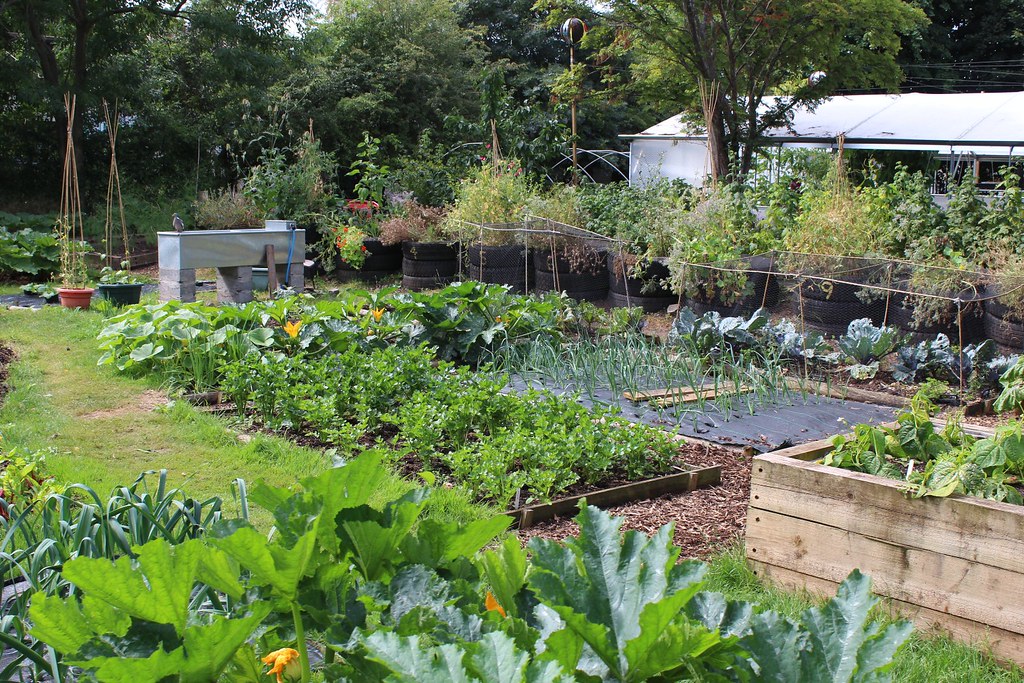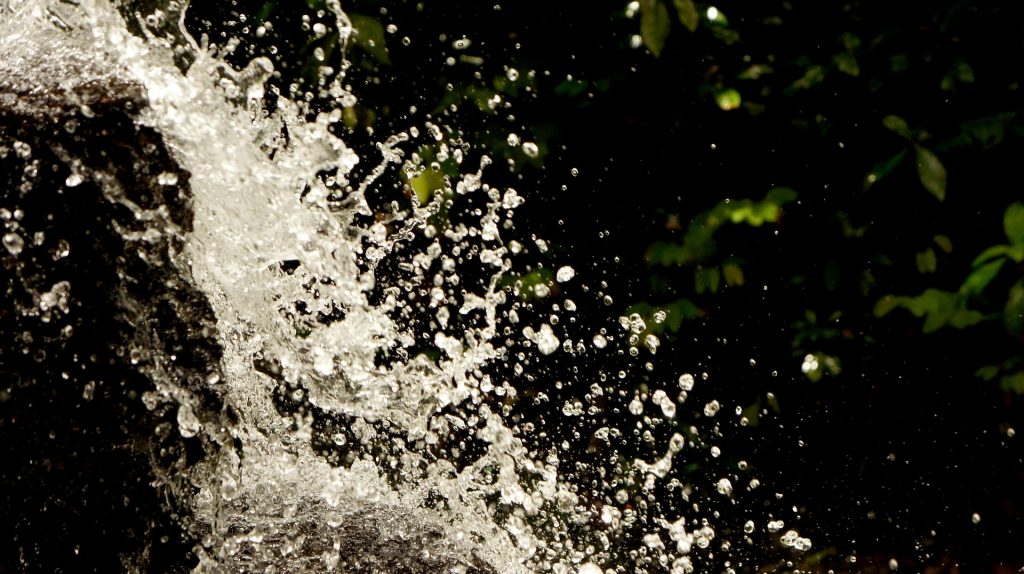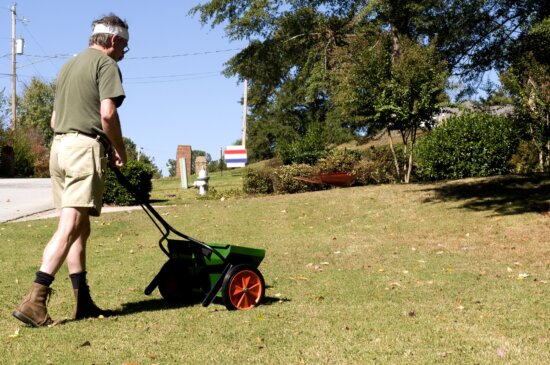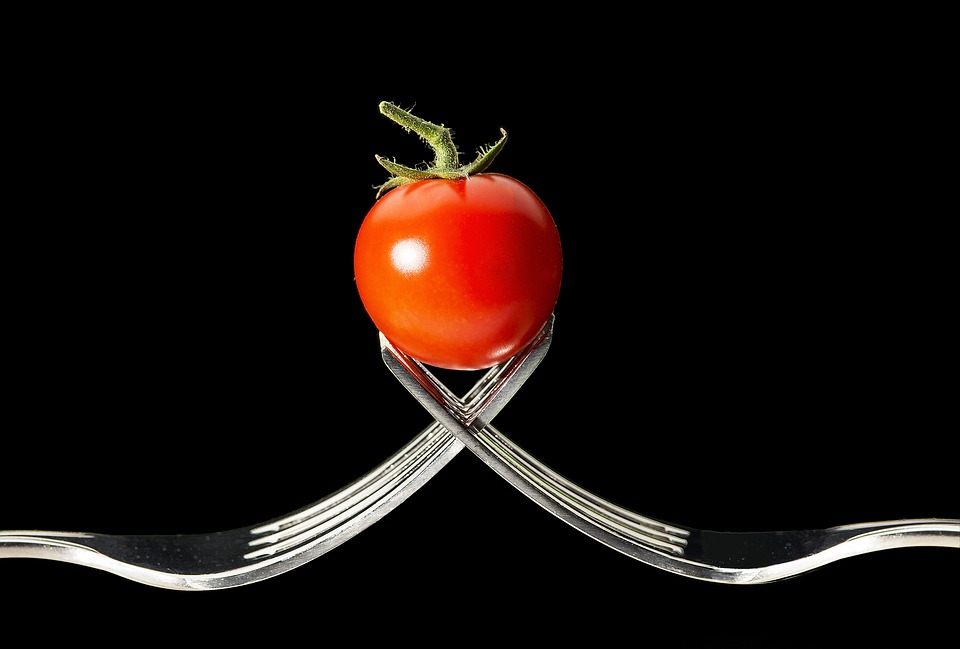Permaculture originated from Australia in 1978. It is the cultivation of a wide variety of plants, strategically placed next to one another to create an ecosystem. Permaculture mimics nature itself, where there is a symbiosis between plants of all kinds.
Minimal water needs
Another benefit is the productive use of resources, the most important for life being water. Cover crops can be used to minimize water loss from the soil, especially in semi-arid areas. For instance, rye, hairy vetch and crimson clover can be grown between lines of collards. Those cover crops not only reduce water loss, but they also prevent weeds from propagating.
Less use of fertilizer and pesticides
Cover crops also contribute to soil maintenance, whereby their decay adds organic compounds to the soil, without needing to turn to artificial fertilizers.
A typical example of permaculture is planting nitrogen-fixing plants such as legumes all over your garden. Nitrogen is essential to plants, and leguminous plants can store the gas in its roots inside nitrogen nodules. Once the roots decompose, the gas is released in the soil, allowing other plant varieties to benefit from it.
Growing tomatoes together with basil brings the best outcomes for both plants. Basil is a natural fly-repellent and can act as a protective shield for the tomato fruits, which would otherwise be vulnerable to flies. Conversely, the tomato plant’s more significant size protects the delicate basil leaves from the scorching sun.
Go with the flow
Growing plants that aren’t meant for the climate you live in won’t lend itself to successful gardening. Permaculture revolves around cultivating native plants or those that suit your environment. Cultivate plants you like as well as those that benefit the landscape in some way— native fruit trees instead of ornamentals, blackberry shrubs instead of potentilla, use herbs for ground covers instead of grass. Permaculture requires that you work with the site and existing conditions as much as possible. If you live in a desert, don’t plant Kentucky Bluegrass—find a native variety. If you live in a dry, rocky clime, avoid wetland plants.
Permaculture lasts
As
the word itself implies, a permanent culture is also known as
companion planting. Gardening this way increases biodiversity since
every new generation of plants comes with a better gene pool,
enhancing resilience in the system. A permaculture is a design tool
that helps us make better decisions by realizing the whole picture
and connectedness of nature.
To conclude, permaculture sets a different way to plan a vegetable patch, and although it takes some time to implement, the outcome is worth it since we get to work with mother nature rather than against her.





